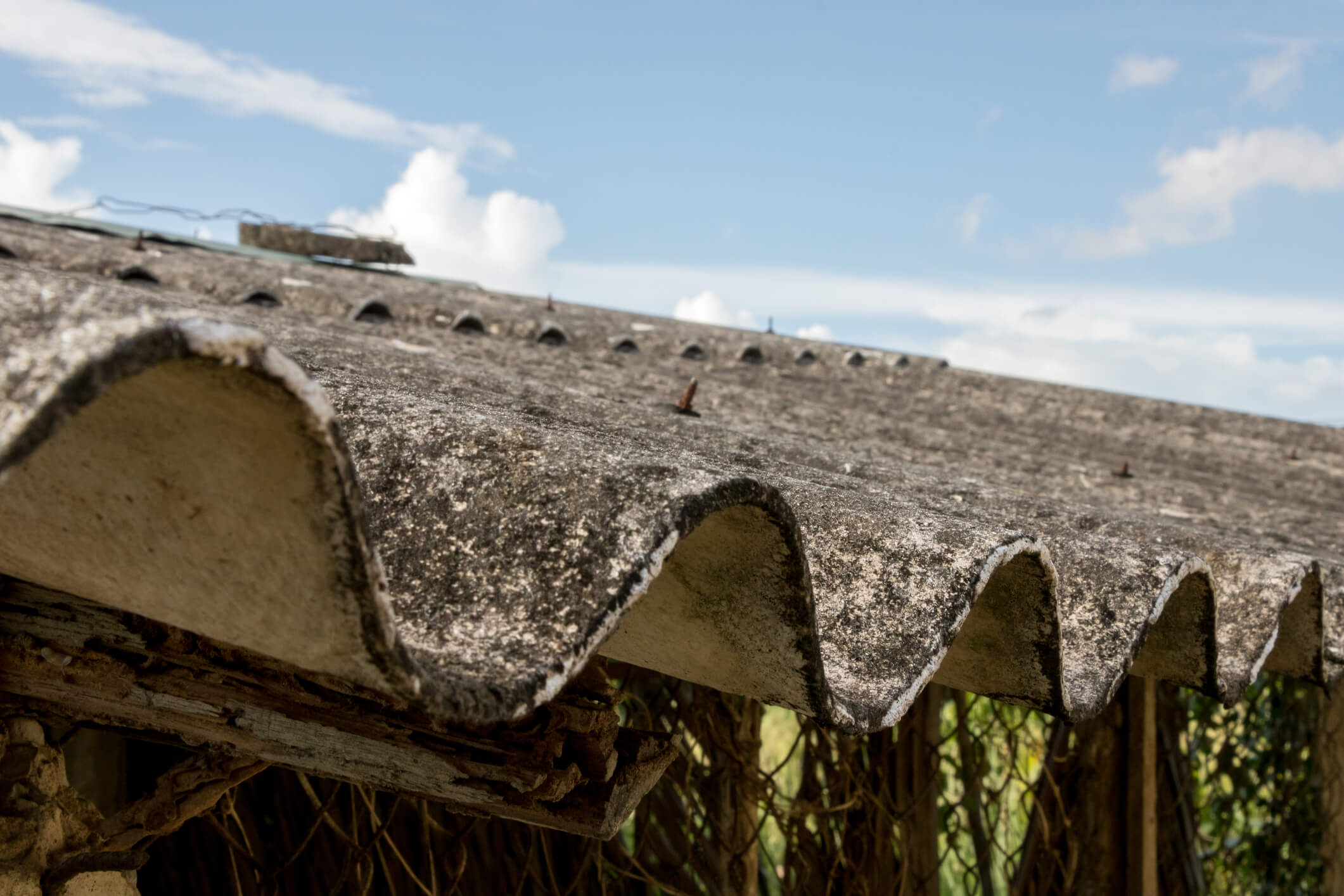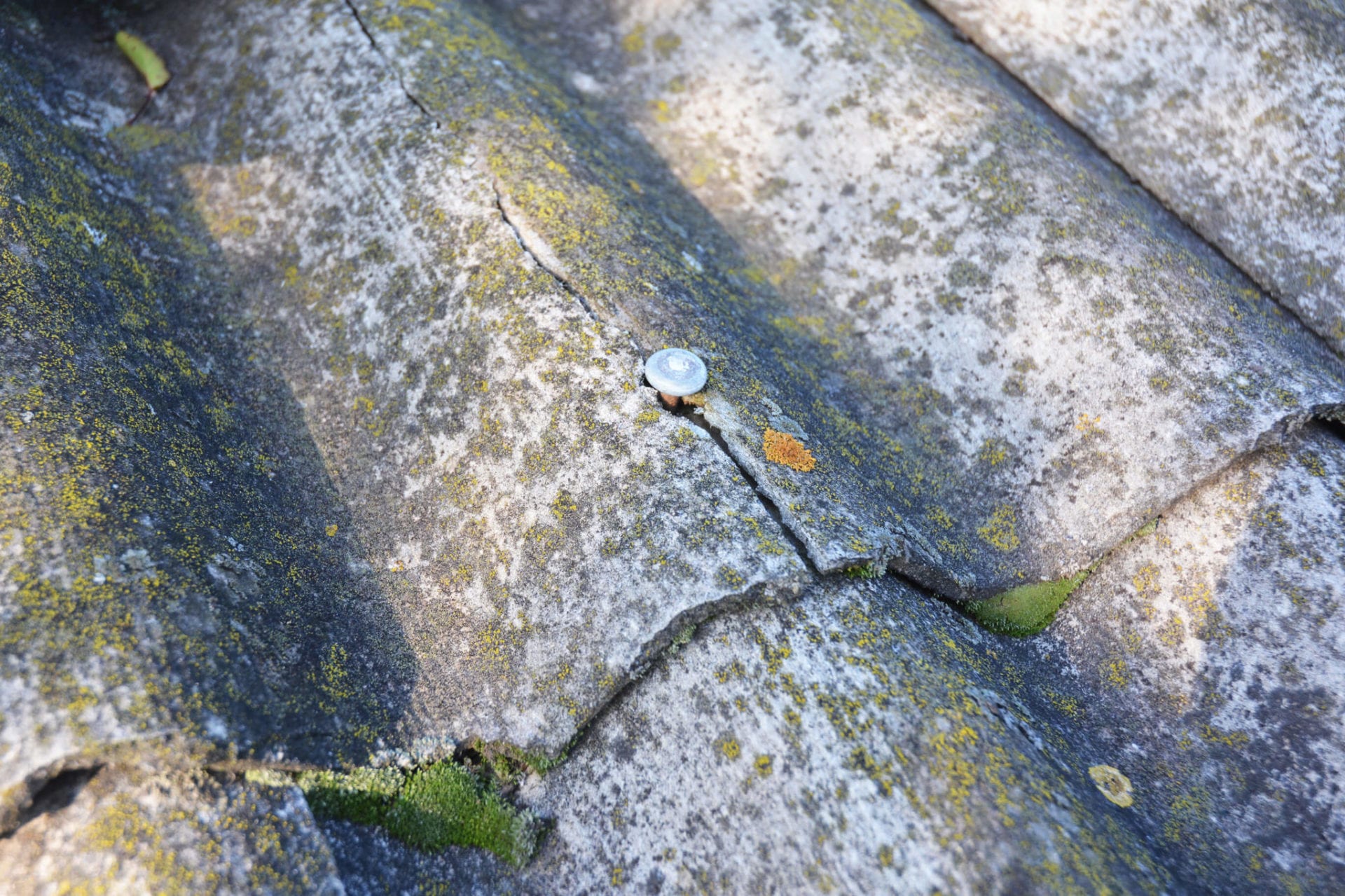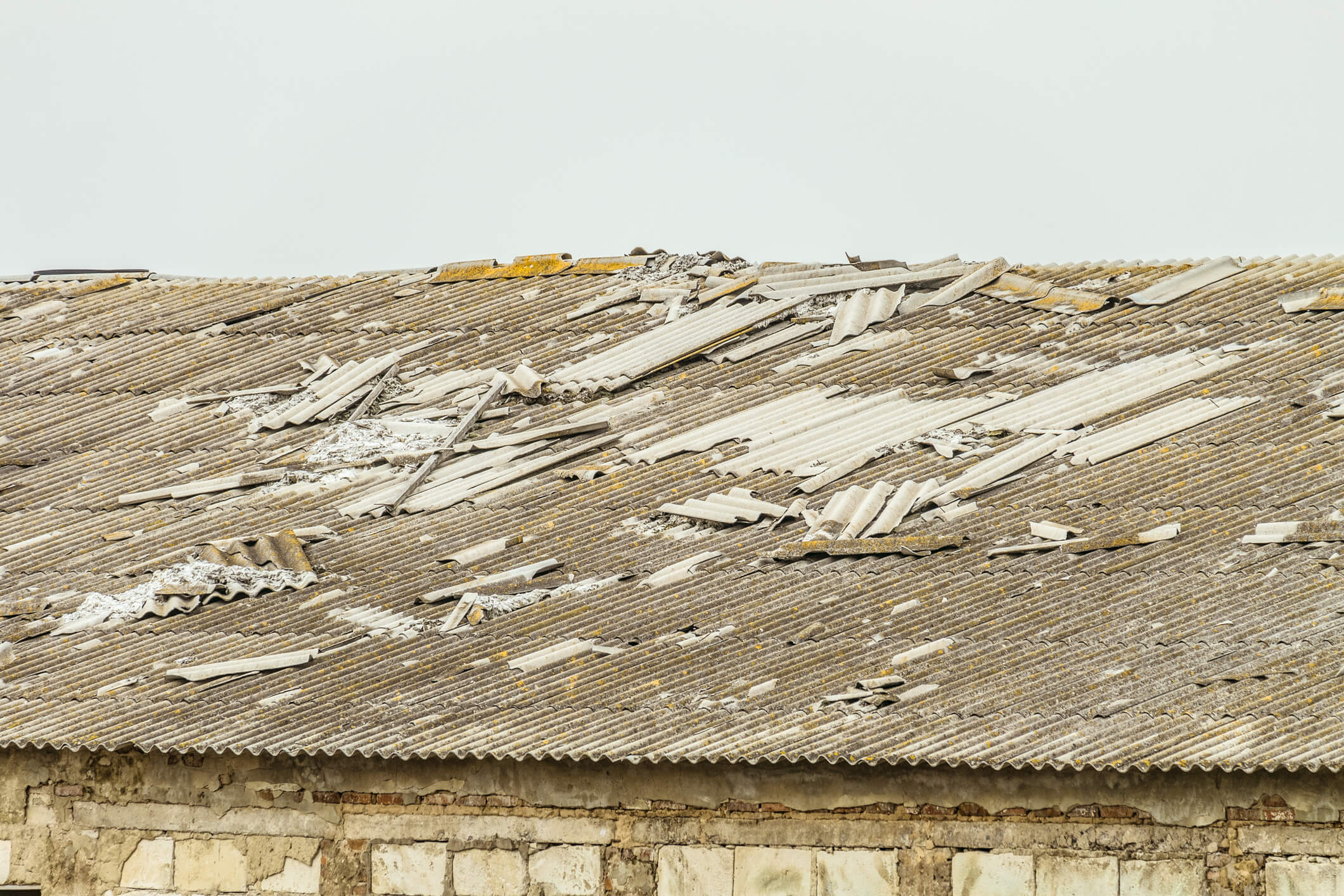Asbestos is a term for a group of six naturally occurring minerals that are made up of tiny microscopic fibres. These fibres are appropriately named Chrysotile, Crocidolite, Amosite, Anthophyllite, Tremolite, and Actinolite. The most common asbestos fibres often found in the UK are Chrysotile, Crocidolite and Amosite.
Asbestos material was often used in buildings, roofing, insulation, flooring and even sprayed on ceilings. It is now completely BANNED for use within the UK.
Although asbestos fibres are extremely small in nature, they are very tough and can resist extreme heat and most chemical reactions, which is one of the main reasons asbestos was the material of choice and used in buildings, roofs, walls, flooring, cement, textiles and even vehicle parts. It is now common knowledge that asbestos is now firmly regulated, as exposure to broken fibres are directly linked to various lung and respiratory illnesses, including mesothelioma.




